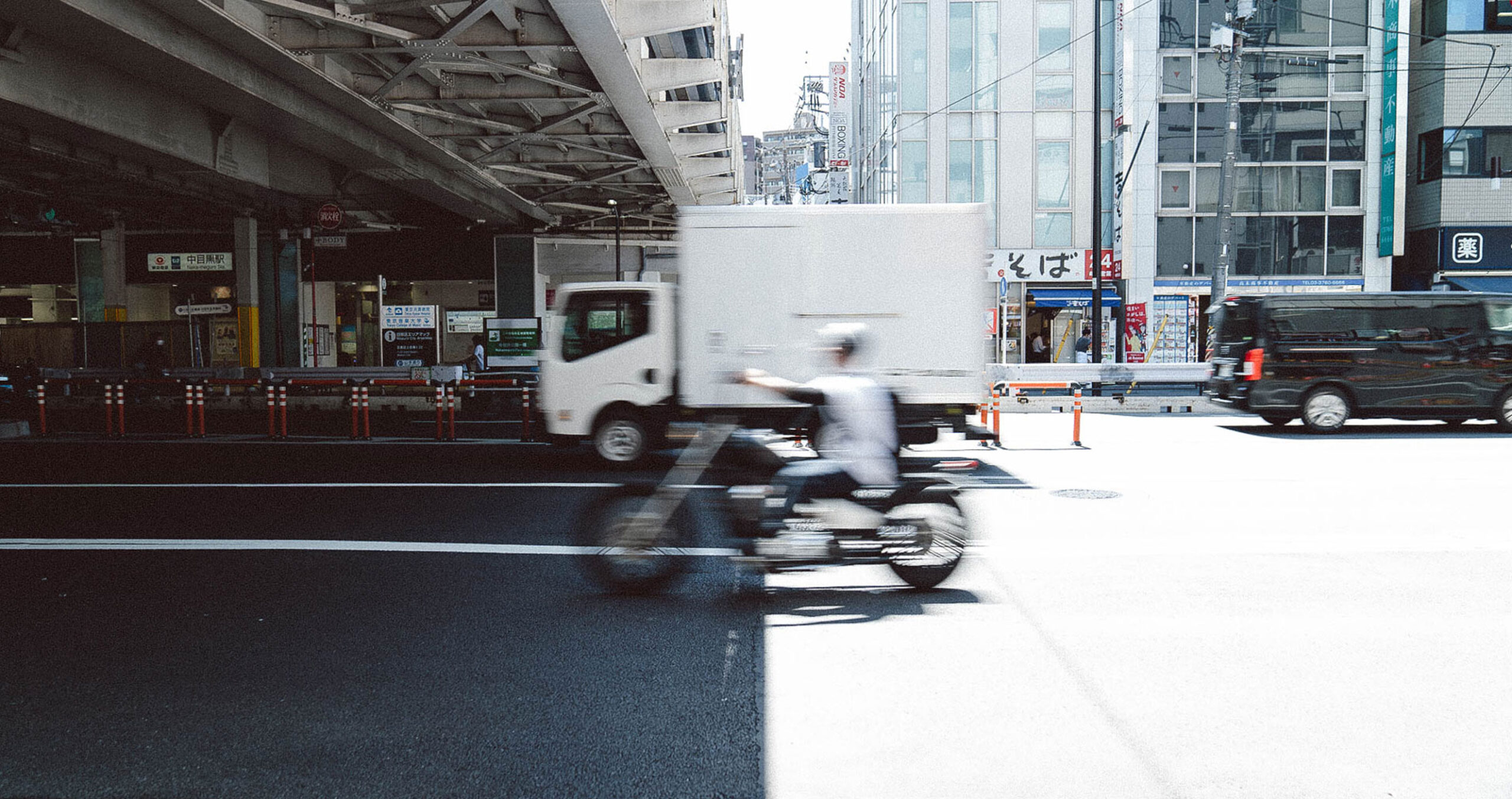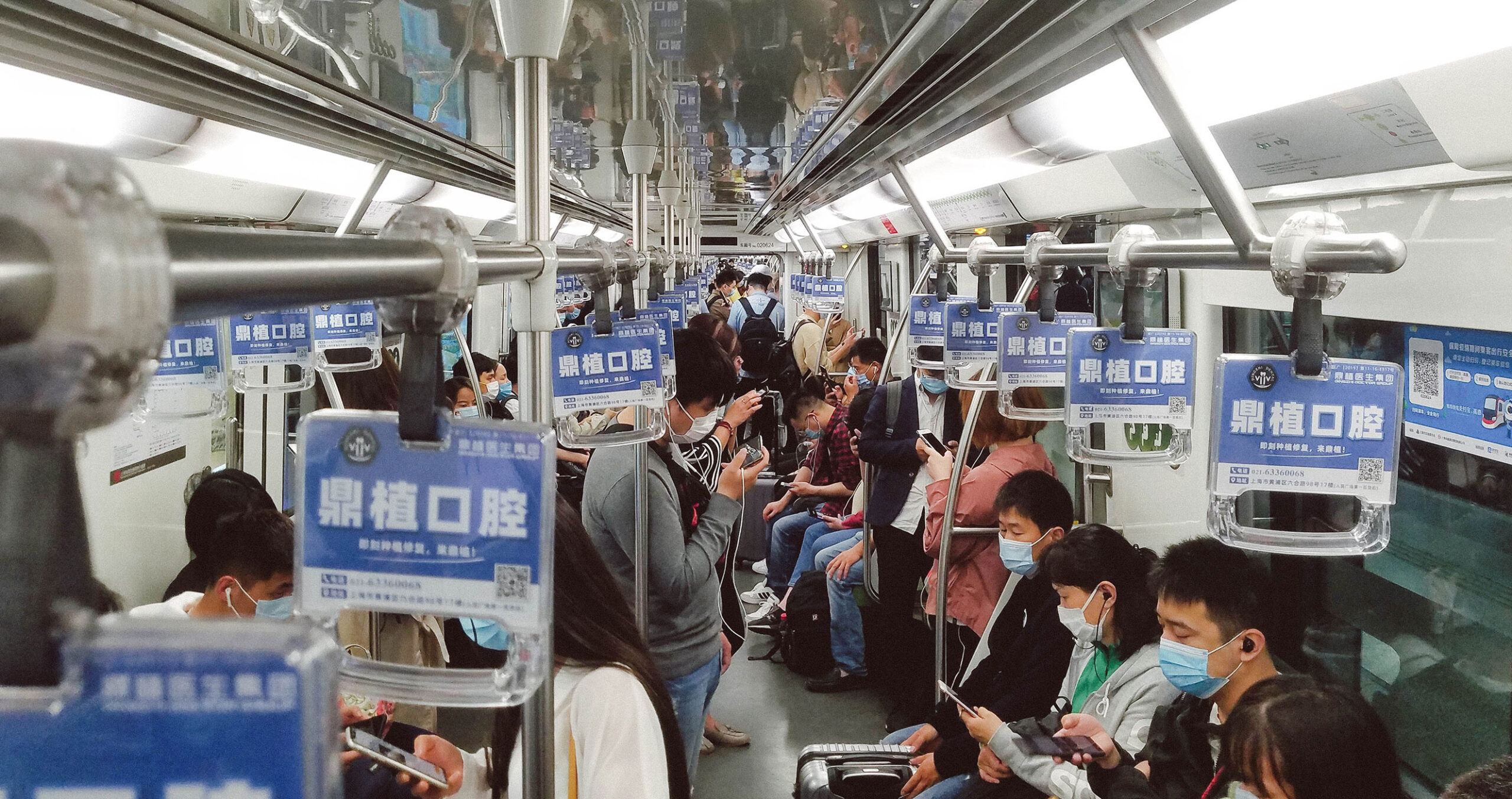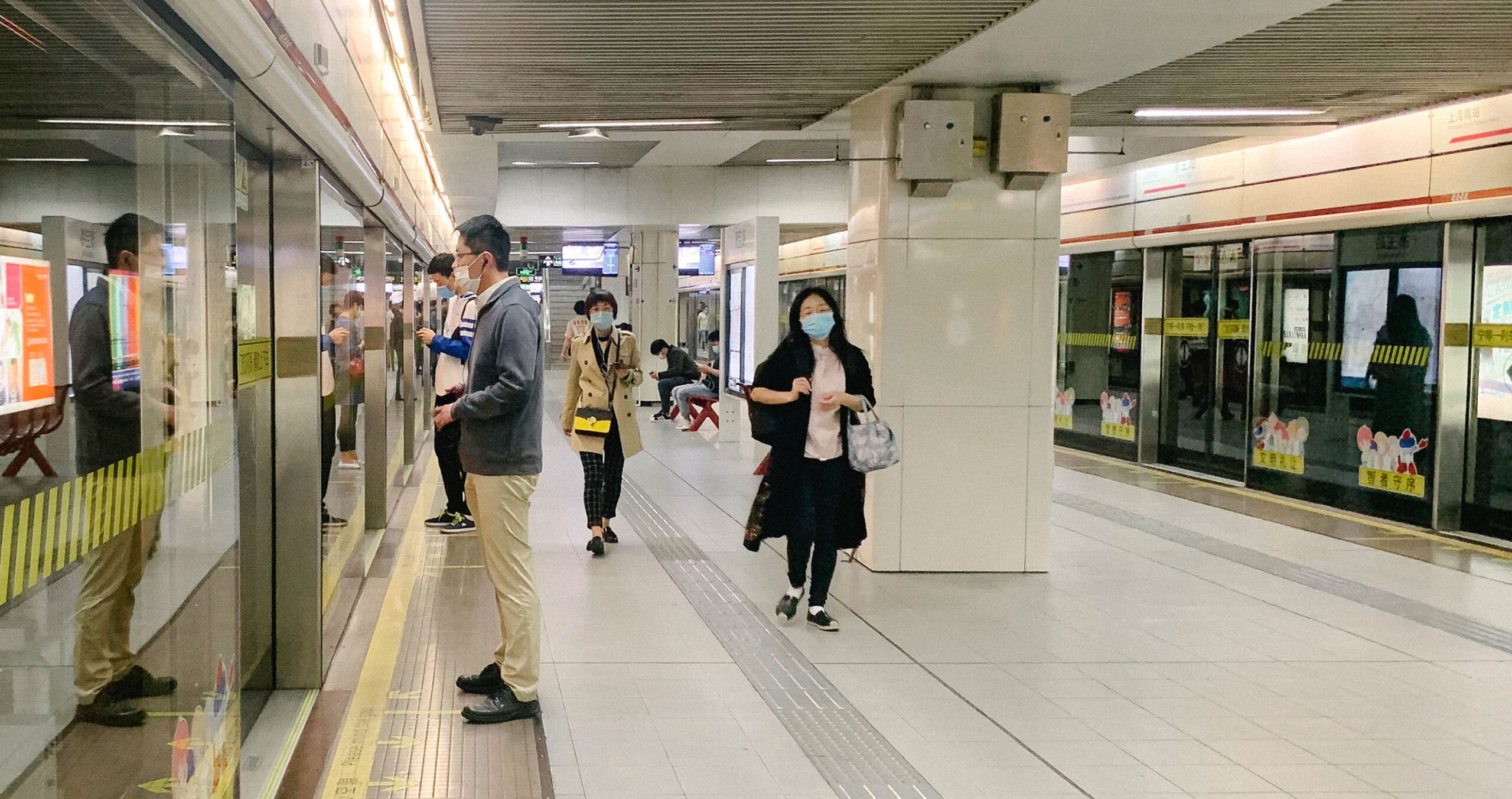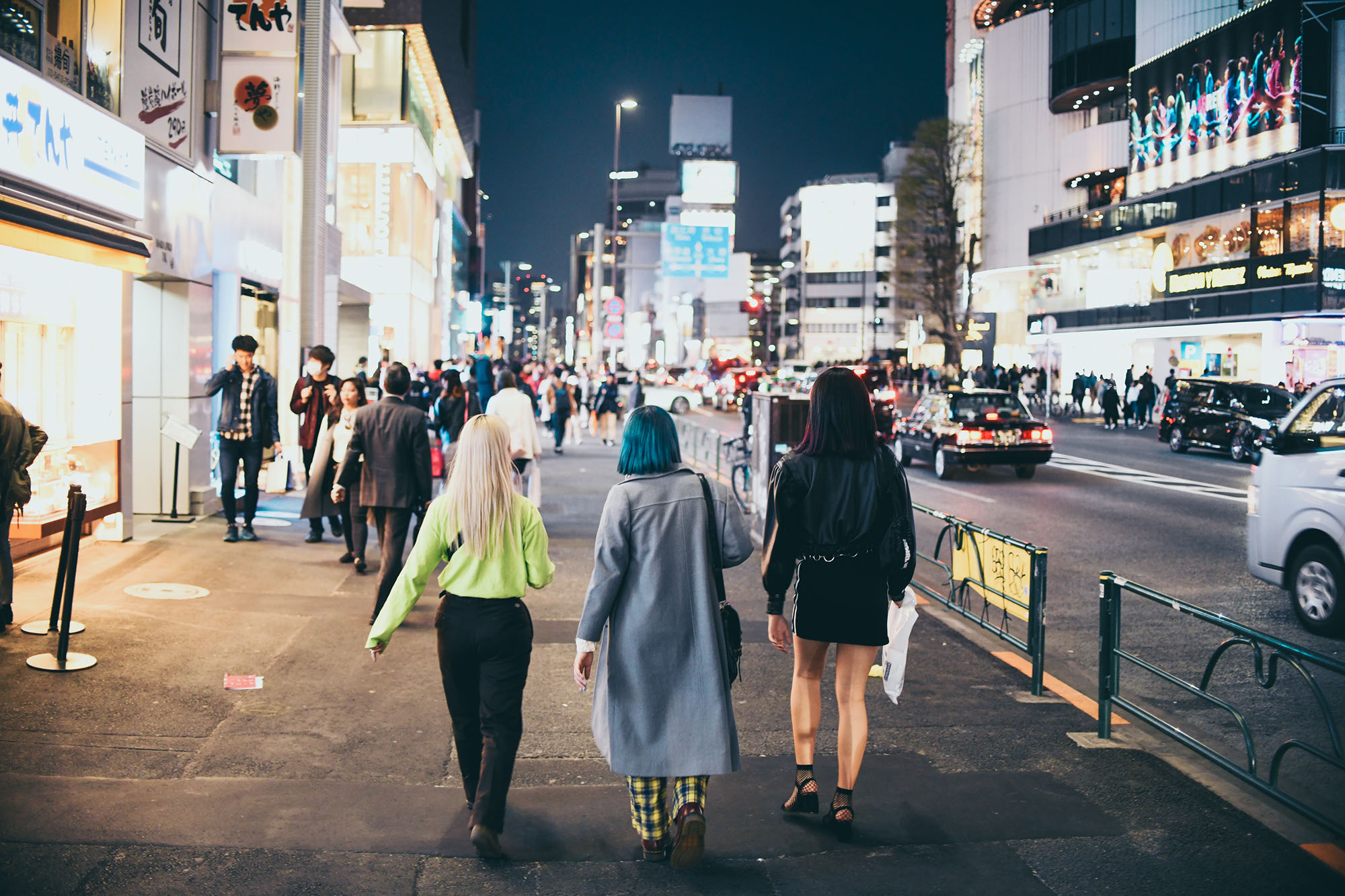Thinking
Beyond the storm: A new decade of possibility
Beyond the storm: A new decade of possibility
The scale of the current social, economic and cultural turmoil seems unprecedented.
But is it?
Recovering from a widespread plague, in only a few decades between the late 15th and early 16th century, Europe went through a tumultuous transition, marked – in the words of Oxford professor Ian Goldin – “by historic milestones and discoveries, yes, but also wrenching upheaval…Genius flourished under these conditions… but risk flourished, too.”
Gutenberg’s invention of the printing press (1450s), Columbus’s discovery of the New World (1492), Vasco da Gama’s discovery of a sea route to Asia (1497), Copernicus’s revolutionary theories of a sun centred cosmos (1510s) and world changing artistic, scientific and technological achievements created immense opportunities – but, equally, shattered structures, ignited divisions, and upended social order, leaving many behind.
From these extreme tensions, a new world emerged.

History doesn’t repeat itself, but it often rhymes.
If we step back from the immediacy of the current crisis and place it in a broader context, we may find that we are, as Professor Goldin suggests, navigating the storms of new renaissance – where once again human creativity, resilience and achievements can create a new age of opportunity.
There is, however, a major difference. What then took decades is now happening in years – or even months.
In a short period of time, outrage has sparked movements that are driving radical change around existential issues such as diversity, equity, inclusion and climate change. Regimes are being challenged.
he power and impact of social media is raising crucial questions. Economies have seen fortunes change in matters of weeks, and so have industries and businesses, with unexpected risers and illustrious fallers. And technology is changing every aspect of our lives: according to futurist Ray Kurtzweil, over the next one hundred years, we may be experiencing twenty thousand years of technological advancement, changing substantially the way we live.
Accelerated by exponential transformation and immediate propagation, radical change – ideas, movements, technologies, growth, habits – is simply happening at a speed and scale never seen before.
As a result, what is relevant to us changes instantly and dramatically, and in ways that even the most forward-looking organisations can only partly predict or influence. People’s expectations have never been more unstable and unforeseeable.
But change isn’t just faster; it’s bumpier, too.
What the increasingly frequent systemic shocks are doing is depriving us of our normal. Some call Covid-19 a black swan, but to others it’s what author Michele Wucker calls a ‘grey rhino’: an event that we saw coming but did not get ready for. Other grey rhinos loom ahead – from new pandemics to natural disasters to political unrest. The world will not be just post-swan but, most importantly, pre-rhino.
Covid-19’s most enduring legacy will not be facemasks, graffiti and social distancing, but the end of continuity as the default assumption. And as murals in cities around the world suggest, perhaps there will be no going back to normal, because normal was the issue.
As disruption replaces normality, we are discovering ourselves more vulnerable, restless and confused than we could have ever imagined. Our rising expectations as customers are morphing into something deeper and more emotional.
As we are all torn between the fear of being trampled by the next rhino and the hope of hopping on its back and seizing new opportunities, one prevailing sentiment will unite us all well beyond the current crisis: Anxiety.
A constant tension between fear and hope.
There is, however, a major difference. What then took decades is now happening in years – or even months.

In conducting this year’s study of the one hundred most valuable global brands, one question emerged as the keystone of our analysis: what is brand’s role in an anxious world?
With an aggregate value of over 2 trillion dollars, there can be no doubt that these brands are now a force of macroeconomic magnitude and, most importantly, influence. Their policies and actions have an impact no longer just on individual choices and nations’ prosperity, but on our interconnected global society – and our planet, too.
So as uncertainty fuels fear, how can brands build economic resilience and individual confidence?
Our analysis revealed a chain of three fundamental priorities.
As uncertainty fuels our fear, it takes courageous leadership to create hope. Never like today, we must be driven by perspective, not immediacy. We need the world’s most influential brands to lead from the future, setting a worthy purpose and a powerful ambition beyond turbulence and chaos.
Leadership requires engagement. At times of crisis, brave leaders don’t just commit to a worthy purpose; they inspire others to join them on a shared journey. Brands that thrive in an anxious world foster dialogue, invite co-operation and create a following. They do this through iconic moves that capture the imagination and solve unmet needs, as well as small acts that show vulnerability, gratitude and empathy.
Ultimately, it takes brave leadership and powerful engagement to find relevance. Encapsulating and anticipating the zeitgeist, great brands lift us from indifference and make our choices meaningful. They count us as constituents, not just consumers.
They become anchor points at times of volatility, sparking desire, delivering utility and building trust.
Leadership, engagement and relevance reverberate across our conversations with business leaders across all geographies, sizes and industries, as well as in our ongoing dialogue with their customers. They are the keys to unlock results in the current crisis, building customer confidence and business resilience.
We are only beginning to grasp the implications of this inflection point, and no organisation will be untouched. For many businesses, what looms ahead is a quest for survival and recovery. For others, this is the time to imagine radically new contracts with their constituents.
Abraham Lincoln is credited with saying that the best way to predict the future is to create it. By setting out powerful ambitions and pursuing them with courage and conscience, brands can help us lift our heads, make sense of chaos, and see beyond it, championing a new age of possibility.


Uncertainty makes us instinctively crunch into immediacy; a fight-or-flight survival mode that deprives us of a broader, farther reaching view. The present becomes all-consuming, and the future feels impenetrable and threatening. We need leadership.
To thrive in an anxious world, organisations must know the way, show the way and go the way. This require leaders with the ability step back and see beyond the chaos, rather than be blinded by it – and navigate the changing context with direction, alignment, agility and empathy.
It all starts with direction. These organisations start from their desired future and work backwards, framing each immediate challenge as a step on the road toward that future. Their brands are consistently shaped by aspiration, rather than trauma.
Many of the fastest growing global brands do this by increasingly intertwining three aspects: a long term human truth; a nearer term business ambition; and constant, agile action.
Let’s start with the long term. Organisations that thrive in uncertainty are inspired and driven by a clear purpose: a stance about a deep human truth uniting constituents that acts as a north star. As Wharton Professor Americus Reed II notes, some of today’s most effective brands are activists that happen to make products.
They then activate that purpose by distilling it into a sharp, timebound ambition – a proximate, measurable objective that everyone in the organisation knows they can potentially achieve within a given timeframe.
Lastly, they navigate towards that ambition by making moves that accelerate the business towards it by changing the way people see the brand and, often, the category.
By setting a north star purpose, translating it into a proximate ambition, and making ongoing moves to achieve that ambition, the world’s fastest growing businesses are effectively using their brands as flags planted in the future – and creating a journey that people within and outside of the business want to be part of.
In July Tesla (BV $12,785bn) overtook Toyota (BV $51,595bn; -8% YOY) as the world’s most valuable car maker never mind that it made 370,000 cars against Toyota’s 10m and a fraction of its revenues.
There are industrial drivers behind this performance – most notably, a significant edge in battery technology and software. But these are the results of coherent moves – innovation, launches, adjacencies and, yes, buzz – inspired by a clear direction: a clear purpose translated into subsequent industrial targets.
Tesla’s brand – its flag in the future – hasn’t only driven demand and advocacy from its inception. It has also built enormous liquidity by attracting and retaining a loyal following of retail investors. Ultimately, it has also forced change in one of the most inertial and largest scale industries. Tesla is highly likely to be facing increasing competition going forward, but stands as an exceptional case of leading from the future with absolute clarity of direction.
Fast growing brands are remarkable in their ability to combine that fixed long term vision with flexible short term action: direction and agility. As the customer mindset and competitive threats change on an ongoing basis, the traditional paradigm of research, brand positioning and communications is outdated – replaced by a clear ambition driving fast-paced, highly targeted moves borne of experimentation.
When agility as a mindset combines with converging technologies such as artificial intelligence and robotics, sparks fly. Amazon (BV $200,667bn; + 60% YOY), who invested over $28 billion on R&D in 2018, is making the very notion of agility exponential. Powered by real time data, AI and machine learning, its moves – from daily, one-to-one interactions to category changing Iconic Moves such as the introduction of the Prime membership – are effectively shifting fulfilment expectations in much of the world.

Having a strong sense of direction is essential to create, restore and drive confidence in the future, in employees, customers and investors alike. However, at a time of anxiety, people may be all in the same storm, but not in the same boat – and every boat seem to rock in different ways. Empathy has never been a more critical component of brand building: it takes an acute understanding of customers to anticipate fast changing priorities and emotions, correct course – and move with confidence.
In Microsoft CEO’s Satya Nadella’s words, “Listen more, talk less and be decisive when the time comes.”
Microsoft’s (BV $166,001bn; +53%) exceptional transformation over the past six years has seen sources of revenue shift dramatically to a combination of personal and business software-as-a-service (SaaS) and public cloud infrastructure and services, with all three lines generating revenue primarily through recurring subscriptions. The company’s capitalization has gone well past the trillion-dollar valuation.
But behind these results is an extraordinary cultural shift, underpinned by empathy – regarded by Nadella as a leadership trait as much as a business priority and an innovation ethos: “Our core business is connected with the customers’ needs and we will not be able to satisfy them if we don’t have a deep sense of empathy.” says Nadella.
The reinvention of Microsoft is fascinating in many other respects, but one stands out as a trait of contemporary brand leadership: alignment. Satella’s leadership saw the tearing down of organisational walls and a transition famously described by CMO Chris Capossela as one “from a culture of know-it-alls to a culture of learn-it-alls”.
A lot has been said about Netflix’s (BV $12,665bn; +41% YOY) growth over the past few months; impressive, but perhaps unsurprising. It’s more interesting, though, to take a step back and glance at the brand’s growth and evolution over the best part of two decades and what is widely regarded one of its distinctive drivers – its culture. CEO and co-founder Reed Hastings suggests he spends annually about 25% of his time on building the alignment required to support what he describes as Netflix’s culture of context rather than control.
—
As discontinuity becomes the norm, brands have the opportunity and the responsibility to show leadership beyond their traditional role; often supporting, or stepping in for, the institutions that are meant to sustain our lives and societies.
As fear bullies us into confusion, brand leadership will increasingly be about planting a flag in the future – and moving towards it on a journey that brings together customers, employees, investors and constituents – borrowing the touchingly beautiful words of Nelson Mandela, “keeping their head pointed toward the sun, their feet moving forwards.”
As Harvard Professor Nancy Koehn points out, at times of crisis courageous leadership is a result of individual people committing to work from their stronger selves, discovering a mighty purpose – and motivating others to join their cause.
Brave leadership thrives on engagement. Through their brands, the world’s most successful businesses don’t only plant a flag in the future – they take people and organisations on a shared journey. They do so by making moves that resonate with our hopes and fears, and create meaningful innovation and experiences, shifting our expectations. Great brands make us want to be part of their story.
The traditional marketing campaign playbook, based on defining a positioning, implementing it and measuring results, is increasingly unfit for a volatile environment. Today, effective brand building is a continuous process of conversation and co-creation, leading to moves that accelerate the brand’s journey towards its ambition.
Brands that create powerful engagement in turbulence share three aspects.
They are distinctive: they make moves that rise above the noise and shine amidst the confusion. They are coherent: their moves are unified by a single, clear trajectory. And they are participative: they foster an ongoing dialogue with their customers, ultimately making moves that are meaningful.
Start with participation. Today’s hyperconnectivity has transformed the way people and organisations expect to engage with brands: not as unconditionally faithful customers, but as active constituents – and collaborators.
Take the beauty category. At the time when people no longer wanted to be told by a brand or expert how to pull off a full look, but looked to their peers for inspiration, a popular blog – Into the Gloss – morphed into Glossier, a digital native beauty brand powered by constant customer feedback and co-creation. One of Interbrand’s Breakthrough Brands in 2016, its valuation five years after launch was 1.2 billion dollars. “[Our customers] want things we had never considered that we should even have any business making,” said founder Emily Weiss in 2019.
And while participation could be intuitively seen as being relevant exclusively to consumer businesses, the explosive growth of Salesforce (BV$10,755bn; +34% YOY) suggests otherwise. By listening to customer communities and celebrating them rather than the product, the business is in constant conversation with its customers. This gives it the confidence to make incremental moves as well as high profile ones such as the Trailblazers programme and the Dreamforce events, ultimately creating customers that are evangelists, not just advocates.
Brands such as Glossier and Salesforce exemplify not just the power of participation, but also the value of coherence. Their moves align along a single trajectory, each being a milestone in a journey that leads towards their flag in the future.
Remember the old marketing adage according to which the three keys to successful branding were consistency, consistency and consistency? For decades, the imperative for brands was to create consistency in visual assets. Today’s greatest brands build coherence in feeling.
As brands are permanently live across multiple, intertwining virtual and physical platforms, the inside-out view of making things look the same is being replaced by the outside-in view of making people feel the same. Coherence today is about moves that express in surprising ways a single worldview and attitude.

Perhaps the epitome of this is Gucci ($15,675bn, -2% YOY), a brand whose name has become an urban slang term meaning ‘good’ or ‘awesome’, as in I’m gucci. Varied as the brand’s manifestations may be, its eclectic, progressive and romantic edge runs like a red thread across all of them, weaving an exciting but coherent story.
Coherence is effective to the extent to which it amplifies a brand’s distinctiveness. But as brands lead through the scepticism that comes with chaos, the parameters of distinctiveness are rapidly expanding. Traditionally about a brand’s promise and communication, distinctiveness is now shifting towards its delivery and moves; less of a ‘say’ play, and more of a ‘do’ game.
Ultimately, Apple’s (BV $322,999bn; +38% YOY) distinctiveness – or, in fact, uniqueness – isn’t a result of what the brand says, but what it does. It’s Apple’s products, technologies and stores that speak to the organisation’s philosophy of beautiful simplicity and individual empowerment – much more than any campaign could ever do. Inasmuch as many talk about the brand’s aura, Apple has consistently changed what was in people’s minds by changing what was in their hands.
But, increasingly, the most effective form of distinctiveness derives from taking a clear, unequivocal stance on the fundamental issues of our times. A B-Corp, Patagonia leads with activism, having made its environmental commitment the keystone of its uniqueness. Today, it leads the $12 billion outdoor apparel market.
—
Times of turbulence breed movements – a unifying desire for change. The greatest opportunity for brand leaders today is to inspire and the next great journey by finding a distinctive and relevant path, and walking it with coherence, inviting participation.

The old normal didn’t work for everybody. Gradually, and then suddenly, we realised it.
Change and turbulence have sped up our collective re-appraisal of values, exposing inequities and laying them bare for all to see, challenging many to reflect on their role in the system. The effects of this collective awakening are visible in different ways: a thriving protest culture, a crisis in representation and government. Social technologies connect and amplify the outrage exponentially so that what is relevant to consumers changes instantly, dramatically, and unpredictably.
Faced with a rising sense of powerlessness at the breadth and depth of the divisions we experience – no matter which side of the divide – customers increasingly demonstrate their stance through the brands they choose. That, at least, they can control. So today, as never before, consumers demand meaning in their choices, and are beginning to see their consumption choices as votes of confidence.
In a zeitgeist of anxiety, meaning starts with presence. Not just being there for the sake of being there, but choosing to be where it matters. Brands with presence are those that are part of the conversation in a way that makes them an obvious choice in their category – the impact of their presence goes beyond what they sell, transcends platforms, and makes them part of the wider culture. At their best, they use their data to be relevant in ways that are more than commercial.
Spotify is a brand whose very proposition rests on making music present in the moments you need it. By ‘putting the world’s music in your pocket’, it made it possible to listen to music whenever, wherever. More recently, through a series of strategic partnerships it has increased its presence across a number of technologies meaning you can now play Spotify in the background of your favourite games on Xbox. Arguably, however, its Spotify’s clever use of billboards in iconic cities across the world that has elevated its status in culture, attracting column inches. Drawing on meme culture, and bringing to user data to life, the brand has participated in cultural moments like Valentine’s Day and Christmas, mirroring customers back at themselves in the very best ways.
Presence alone is not enough to create relevance, however. There is much that is present in the lives of customers that is there by virtue of habit or convenience, not choice. Our analysis shows that a key aspect of relevance is that customers feel an affinity to a brand – that it plays a meaningful role in their lives by aligning to the same values and priorities.
Affinity is ultimately about sharing with customers the same view of what really matters – be it function, emotion or stance – and being unapologetic about it, deliberately choosing to delight some, and alienating others. The most influential brands draw clear lines.
At a time of deep questioning, though, the deepest form of affinity is and will be increasingly driven by a brand’s lack of compromise on fundamental issues. Nike (BV $34,388bn; +6% YOY) leads the cultural zeitgeist with an almost prescient knack for getting it right. More than anything else, the brand knows which customers it stands for, and which it does not. The Colin Kaepernick campaign was ahead of its time in many ways, anticipating the race riots and Black Lives Matter movement that would follow into 2020. Divisive, controversial and unequivocally Nike, the campaign makes it clear what stance the brand took, sharing in the values of its core customer group, knowingly and willingly at odds with others.

And finally, a brand’s presence and affinity are underpinned by the trust people have in it. Yes, trust has always been a pillar of branding in a transactional way: at heart, the notion of delivering on a promise.
In 2020, Paypal (BV $10,514bn; +38%YOY) is one of the most trusted payment brands thanks to the work it has done to mitigate its customers concerns around fraud. The brand has made huge investments in secure technology to keep consumers’ money safe. At a time of heightened anxiety and economic uncertainty, there’s not much that matters more.
Crises make reputations, and reshape the implicit contract between organisations and people. As expectations morph into anxiety, people demand more of brands: trust is quickly gravitating from just a brand delivering on a promise to an organisation staying true to its purpose and being accountable for its actions.
Trust today is about the knowledge that, navigating a fast-changing context, a business will do the right thing and behave with their constituents’ interests in mind.
Back in the 2008 downturn, Hyundai (BV $14,295bn; +1% YOY) famously committed to taking cars back, no questions asked, if customers lost their jobs. This act of listening to customers’ worst fears and insuring against them engendered trust and a lifelong relationship with the brand, contributing to driving its enduring place in the 100 Best Global Brands.
Amidst the current health crisis, Starbucks (BV $11,246bn; -5%YOY) has made a number of moves that have elevated its role in communities, giving substance to its will to inspire and nurture the human spirit: from free drinks in the UK for NHS workers to a $10 million worldwide fund to support staff, to significant relief efforts for farmers.
At this inflection point dominated by uncertainty and fluidity, the single most decisive driver of growth for brands is relevance – being known, chosen and trusted as meaningful to their individual customers and constituent communities.
These are divided times; what will be expected of the world’s most influential brands will be to throw shards of belonging in our daily choices.
As brands become stories in the making, the words of Francis Scott Fitzgerald echo: “you discover that your longings are universal longings, that you’re not lonely and isolated from anyone. You belong.”